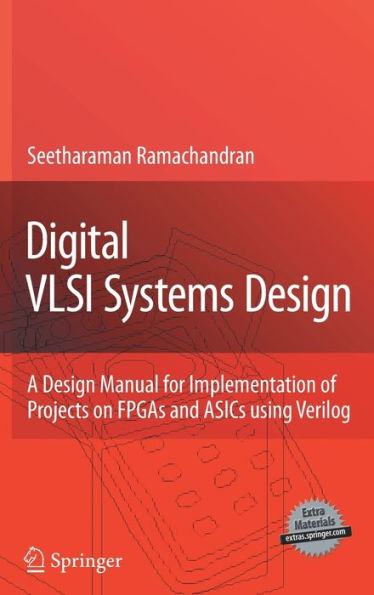5
1
9781402058288


Digital VLSI Systems Design: A Design Manual for Implementation of Projects on FPGAs and ASICs Using Verilog / Edition 1 available in Hardcover

Digital VLSI Systems Design: A Design Manual for Implementation of Projects on FPGAs and ASICs Using Verilog / Edition 1
- ISBN-10:
- 1402058284
- ISBN-13:
- 9781402058288
- Pub. Date:
- 07/11/2007
- Publisher:
- Springer Netherlands
- ISBN-10:
- 1402058284
- ISBN-13:
- 9781402058288
- Pub. Date:
- 07/11/2007
- Publisher:
- Springer Netherlands
249.99
In Stock

Product Details
| ISBN-13: | 9781402058288 |
|---|---|
| Publisher: | Springer Netherlands |
| Publication date: | 07/11/2007 |
| Edition description: | 2007 |
| Pages: | 709 |
| Product dimensions: | 6.10(w) x 9.25(h) x 0.06(d) |
About the Author
From the B&N Reads Blog
